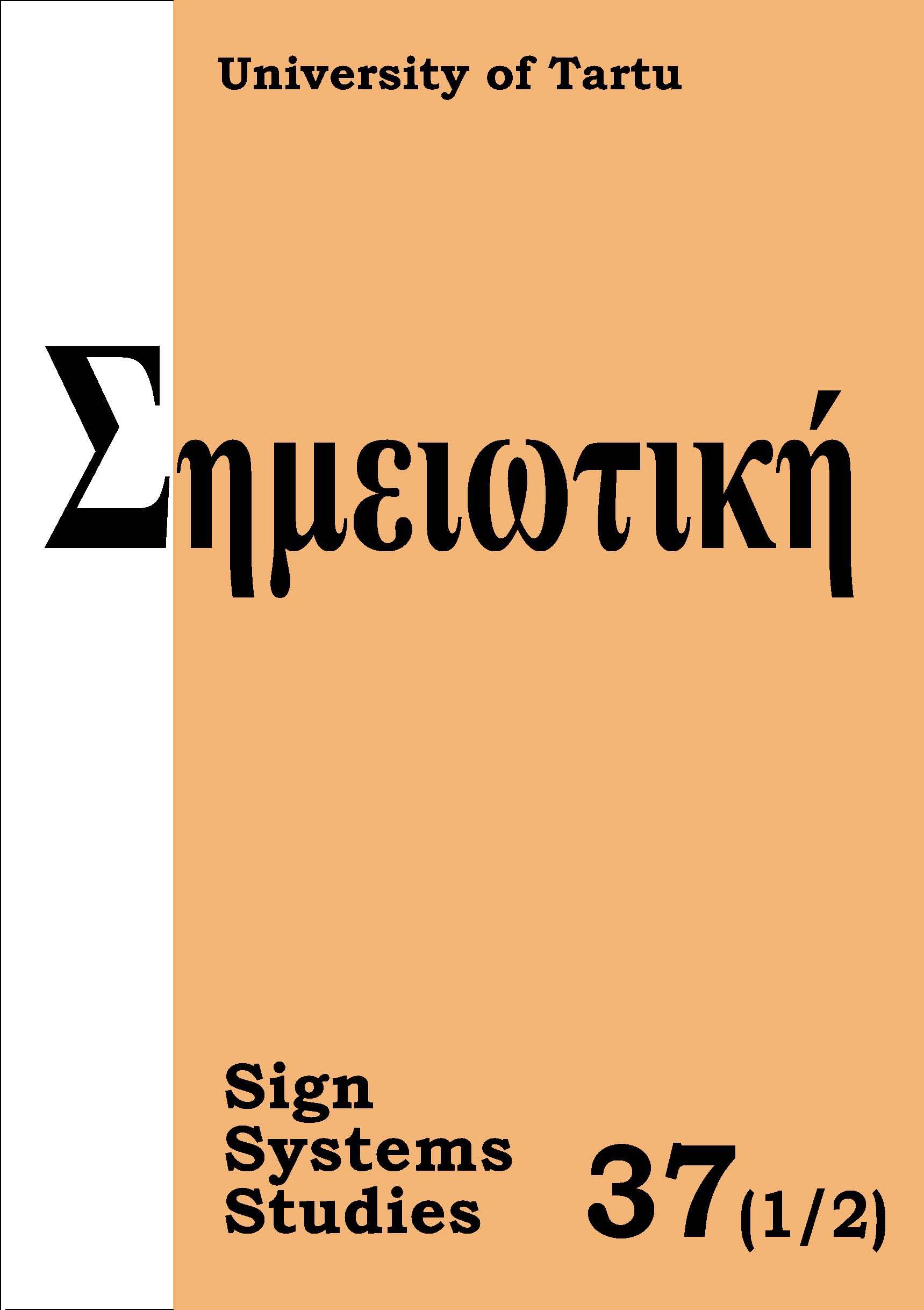Mutual understanding and misunderstanding in biological systems mediated by self-representational meaning of organisms
DOI:
https://doi.org/10.12697/SSS.2009.37.1-2.11Abstract
Modern biology gives many casuistic descriptions of mutual informational interconnections between organisms. Semiotic and hermeneutic processes in biosphere require a set of “sentient” community of players who optimize their living strategies to be able to stay in game. Perceptible surfaces of the animals, semantic organs, represent a special communicative interface that serves as an organ of self-representation of organic inwardness. This means that the innermost dimensions and potentialities of an organism may enter the senses of other living being when effectively expressed on the outermost surfaces of the former and meaningfully interpreted by the later. Moreover, semantic organs do not exist as objectively describable entities. They are always born via interpretative act and their actual form depends on both the potentialities of body plan of a bearer and the species-specific interpretation of a receiver. As such the semantic organs represent an important part of biological reality and thus deserve to be contextualized within existing comparative vocabulary. Here we argue that the study of the organic self-representation has a key importance for deeper insight into the evolution of communicative coupling among living beings.Downloads
Download data is not yet available.
Downloads
Published
2009-12-15
How to Cite
Kleisner, K., & Markoš, A. (2009). Mutual understanding and misunderstanding in biological systems mediated by self-representational meaning of organisms. Sign Systems Studies, 37(1/2), 299–310. https://doi.org/10.12697/SSS.2009.37.1-2.11
Issue
Section
Articles


